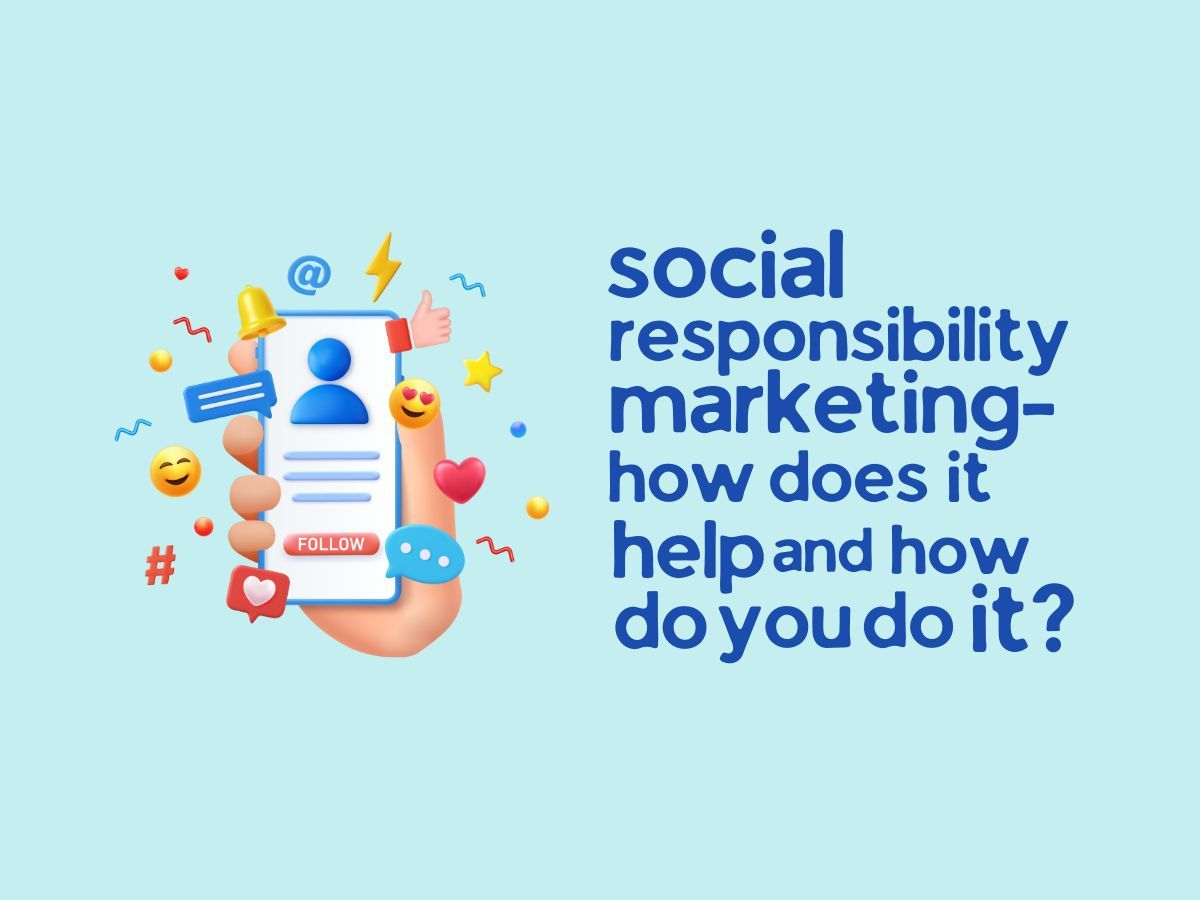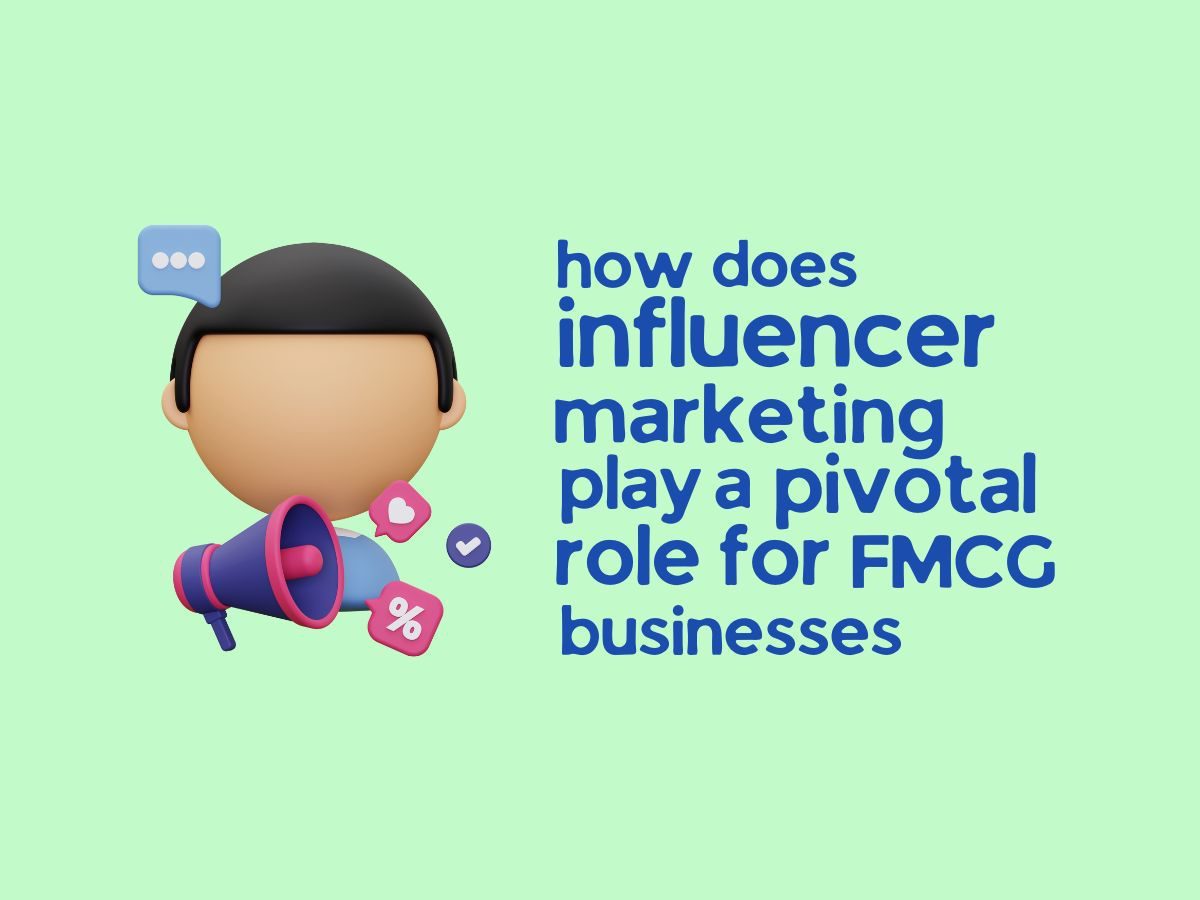Social Responsibility Marketing- How does it help and how do you do it?
Social responsibility in business is going to become increasingly important. Now more than ever we are connected globally and therefore have a responsibility in terms of balancing people’s profit and the planet. Most of the marketing organisations do not work in isolation intentionally. Instead, they find that great opportunity exists if the organisation is visibly accessible and involved with the public. Because marketing often operates as the public face of an organisation, when issues arise between the public and the organisation marketing is often at the centre. In recent years, the number and variety of issues raised by the public have increased. One reason for the increase is the growing perception that marketing organisations are not just sellers of products, but also have a great responsibility to be more socially responsible.
In general terms, social responsibility refers to both individuals and companies having a duty to act in the best interest of the environment and society as a whole. It means an organisation shows concern for the people and environment in which it transacts business. It also means that these values are communicated and enforced by everyone in the organisation, and in some cases with business partners such as those that sell products to the company. Social responsibility in marketing narrows this down a little bit by focusing on customers that want to make a positive difference to the environment or society through their purchases, or the use of a service. A good example of this or examples is recyclable packaging promotions that spread awareness of societal issues or, direct portions of profits towards a charity. If a company can brand itself as socially responsible and ethical, it ultimately will attract customers who are engaged in socially responsible commitments, and who want to support the welfare of the community. The key factor here is that the company’s efforts must be truthful and transparent.
Why is social responsibility important?
It is a duty to be socially responsible in marketing. Companies are increasingly focusing on their social responsibility. Companies that are socially responsible, project more attractive images to both consumers and shareholders alike, which positively affect their bottom lines. Social responsibility in marketing works by focusing efforts on attracting customers who want to make a positive difference with their purchases. Many companies have adopted socially responsible behaviour and elements in their marketing strategies to help a community via beneficial products and services.
- Being socially responsible in marketing will help in strengthening the reputation of the company and it also develop its identity.
- Social responsibility empowers employees to harness the organisational resources available to them to do good.
- Formal initiatives in corporate social responsibility will improve the morale of workers and contribute to greater workforce productivity.
- It makes companies more marketable. When there is enough competition in the marketplace, standing out from the competition can be challenging. Companies that show an obligation to different philanthropic causes however are usually defined as more marketable than companies whose practices of social responsibility appear to be non-existent.
- Employees expect it.
Socially responsible companies attract employees, who wish to make a difference in the world. People may want to work at such companies. One way to do this is by volunteering and donating.
There is a link between socially responsible marketing and what is termed as CSR- Corporate Social Responsibility. CSR is the same thing except it is broader and encompasses a company’s complete operations existence.
Examples of social responsibility in marketing
- IKEA
Apart from selling great homes and loft furniture, this Swedish mega-chain also works globally to support communities in crisis, by building schools, donating toys, and facilitating access to drinking water. They also have a foundation which has given 2.3 million to bring clean electricity to combined one minute million people in India and East Africa.
- Adidas
They fight to preserve marine life through their run for the oceans campaign. They aim to turn the public’s attention towards the devastating effect of plastic pollution on marine life.
- Levi’s
They have run a campaign that reduces water use in manufacturing by up to 96% since the campaign launched in 2011. Levi’s has saved more than one billion litres of water in their manufacturing processes. It has also reduced the hazardous chemicals used to dye and aimed the elimination of hazardous chemicals by 2020.
- Reducing carbon footprints
- Improving labor policies
- Socially and environmentally conscious investments.
Marketing ethics
Social responsibility and marketing are more than just a trend for companies. It is also related to ethics, which is called marketing ethics. There are six components in marketing ethics.
- Pricing
An ethical pricing strategy is more than simply following the law. Not all unethical pricing strategies are illegal or fraudulent. Sometimes ethical decisions are difficult, because there isn’t a proper dividing line between what is morally right and what is wrong.
- General code
When a business is commited to a marketing code of ethics, it is committed to conducting its affairs with the customer’s well-being and integrity. Categories for marketing ethics include ethical values and norms, as defined by the American Marketing Association (AMA).
- Customer service
Customer service has an ethics, which are the moral principles that govern a company’s engagement with its customers. They are based on a particular set of values relating to the question of what is “right” or “wrong”.
- Advertising Standards
Ethics in advertising implies a set of well-defined principles which govern the ways in which communication takes place between the buyer and the seller.
- Distributor relations
The distribution element of marketing involves the entire supply chain from the manufacturer through wholesalers and distributors including retailers to the final consumer. At each point in the supply chain, because there are economic interactions between these various parties, the potential for ethical issues to occur is quite common.
- Product Development
The most common ethical concerns in this area pertain to the safety of products are safe “for their use as intended” which is a basic consumer expectation. Another growing area of concern is product counterfeiting (copy of the original). Product counterfeiting involves the unauthorized copy of patented products, inventions, and trademarks or the violation of registered copyrights.













